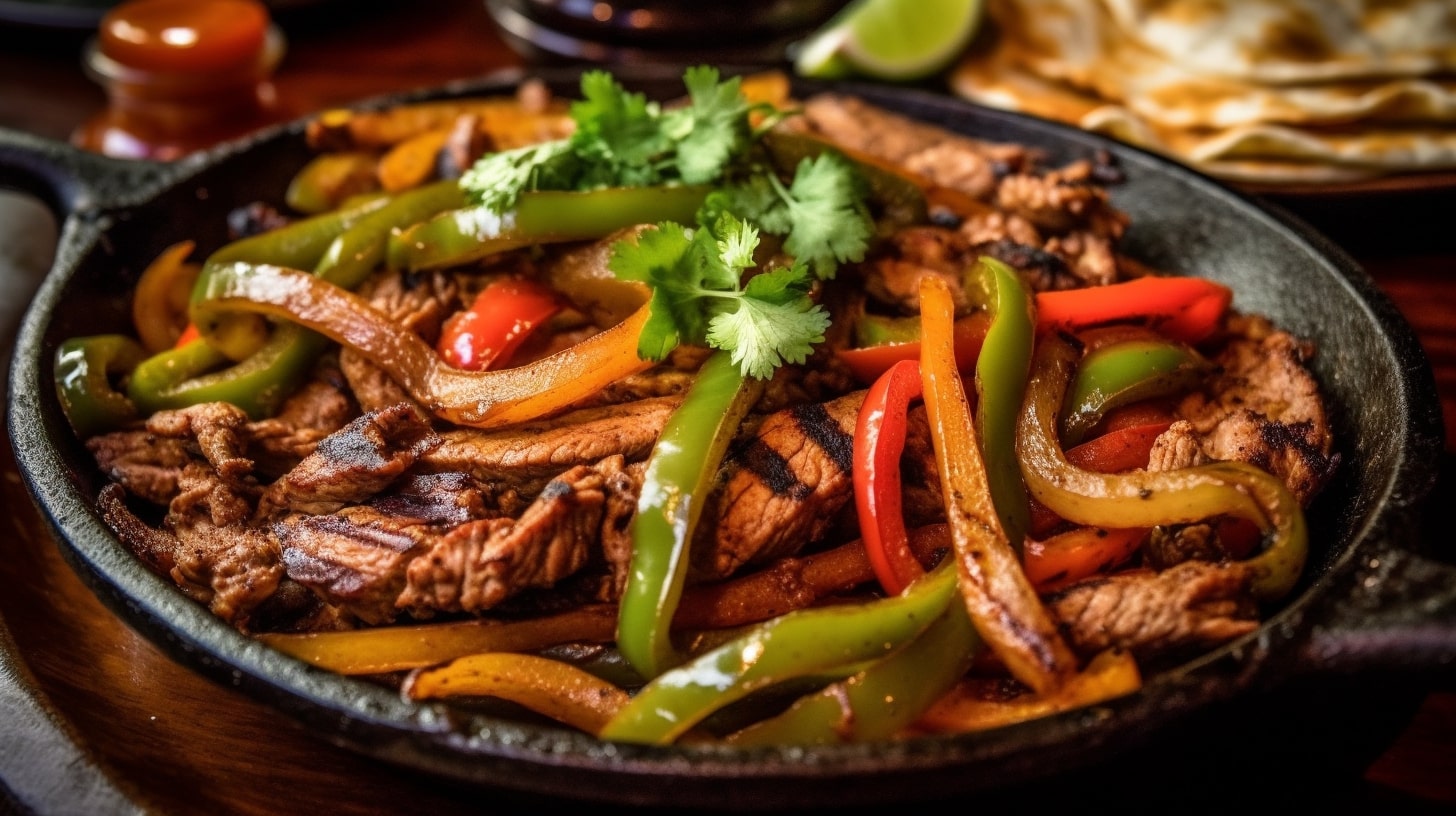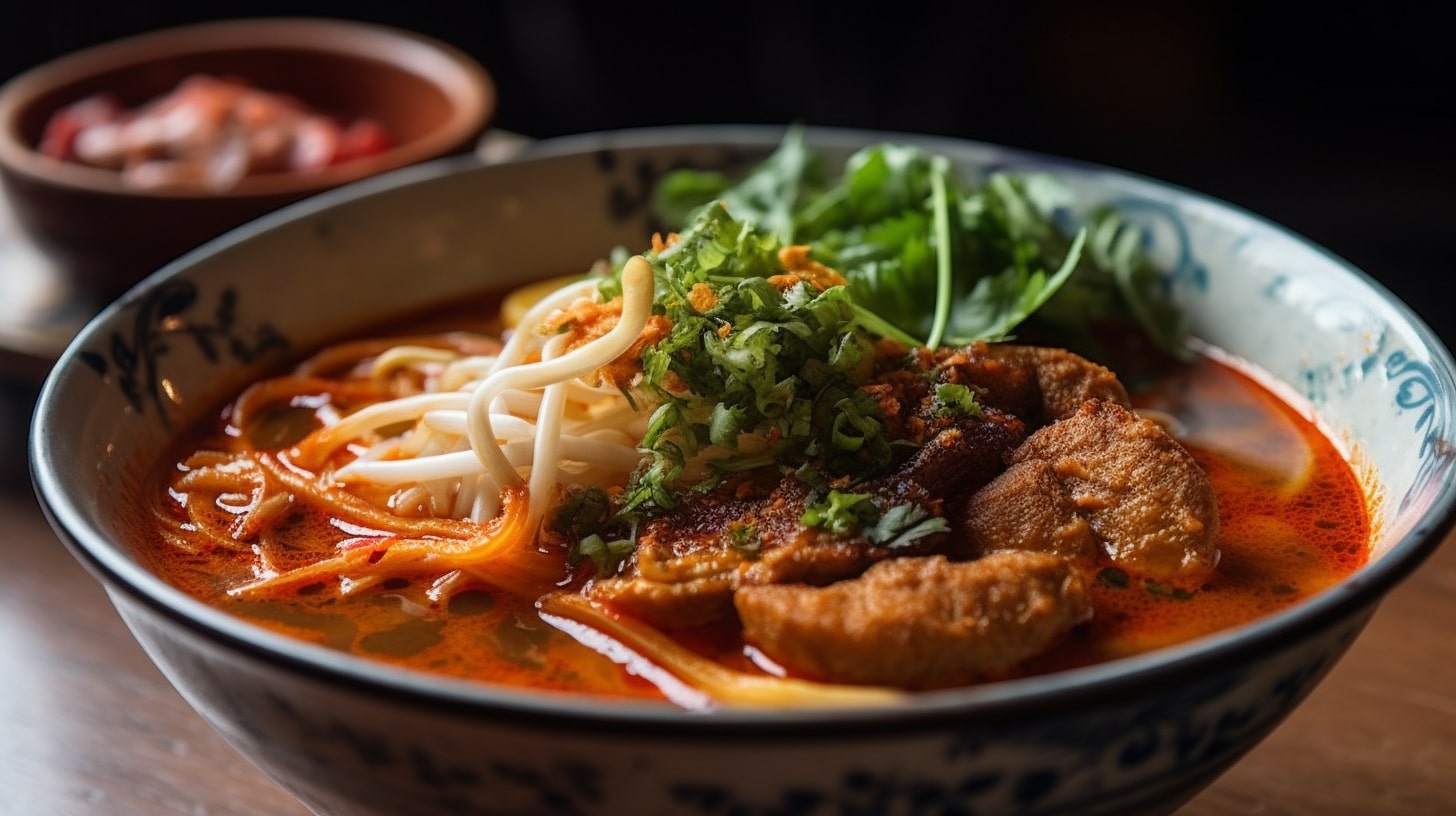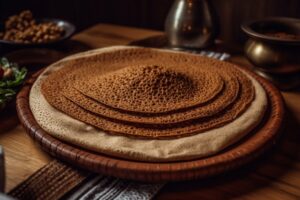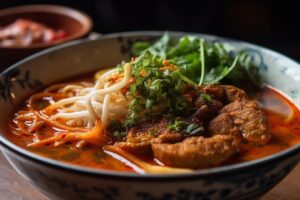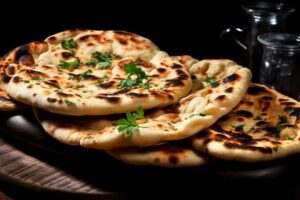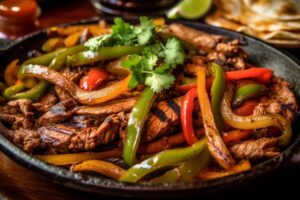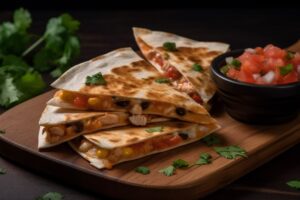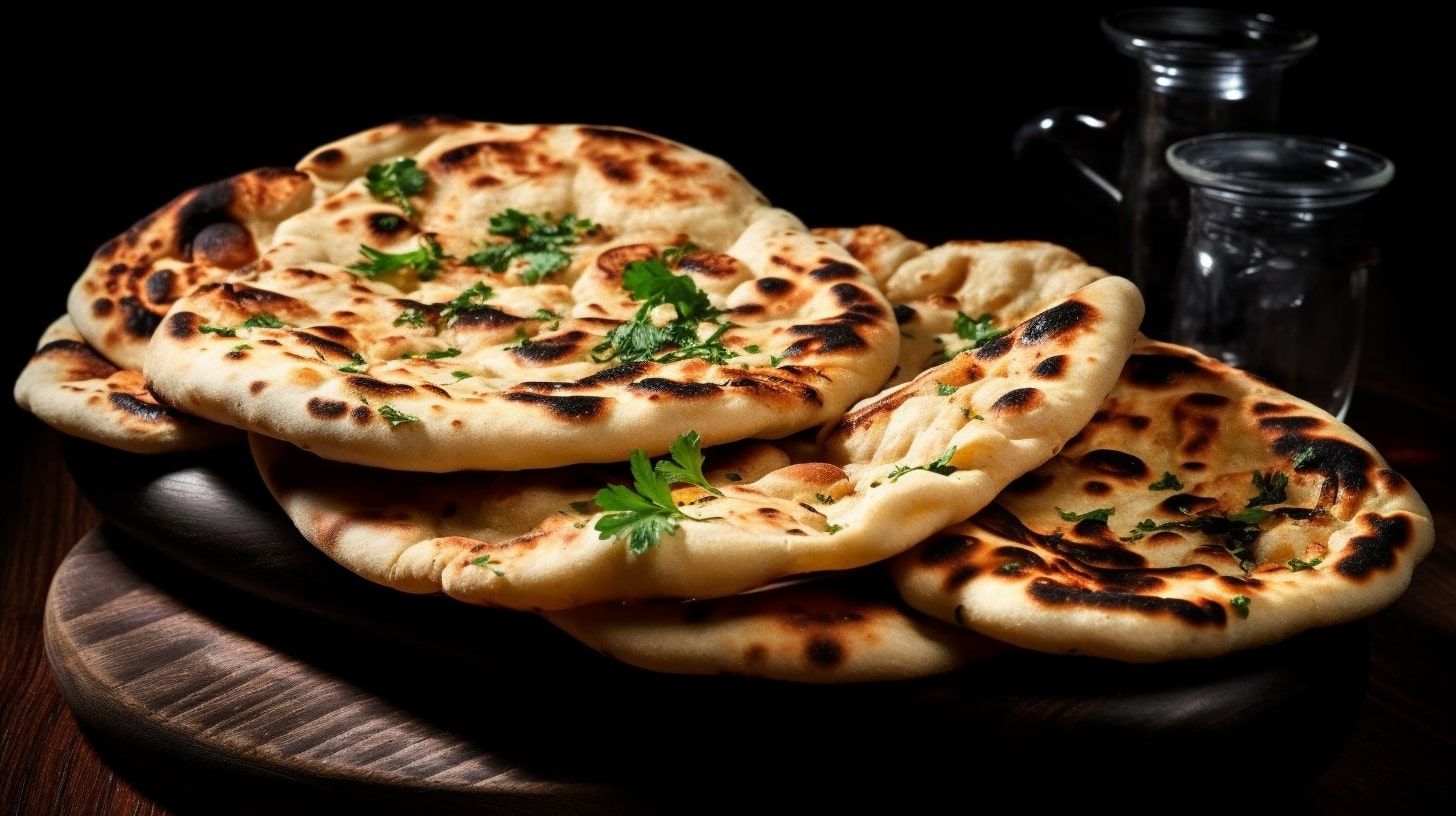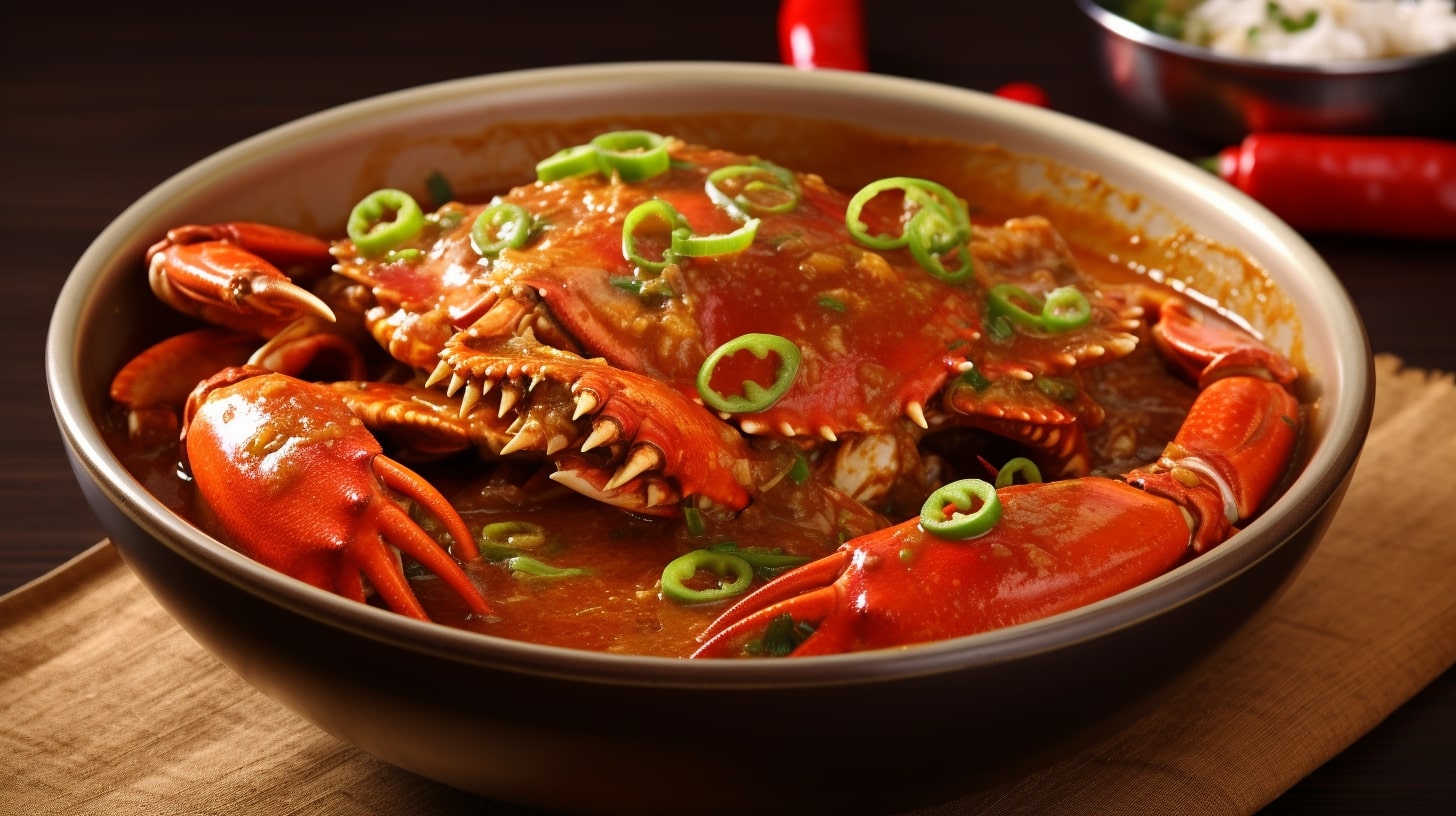Pad Thai is a beloved Thai dish that has gained international recognition for its bold flavors and satisfying combination of stir-fried noodles, vibrant vegetables, and succulent proteins. In this article, we will delve into the origins of Pad Thai, explore its key ingredients and flavors, discuss its cultural significance, and provide insights on how to make this delectable dish at home.
1. Introduction
Pad Thai, also known as Phad Thai, is a quintessential Thai street food dish that has become synonymous with Thai cuisine. It is a flavorful stir-fried noodle dish that encapsulates the perfect balance of sweet, savory, tangy, and spicy flavors. With its vibrant colors and aromatic ingredients, Pad Thai is not only a treat for the taste buds but also a feast for the eyes.
2. The Origins of Pad Thai
Phad Thai has a fascinating history that can be traced back to the 1930s when Thailand underwent a period of modernization and national identity formation. It was during this time that the Thai government promoted Pad Thai as a national dish to unify the country and foster a sense of Thai identity. Since then, Pad Thai has become one of the most popular and widely recognized dishes both in Thailand and around the world.

3. Key Ingredients and Flavors
3.1 Rice Noodles
Pad Thai is traditionally made with rice noodles, which have a delicate texture and absorb the flavors of the dish. These flat, wide noodles provide a satisfying chewiness that complements the other ingredients.
3.2 Tamarind Sauce
Tamarind sauce is a key component of Phad Thai, imparting its distinct tangy and slightly sweet flavor. The sauce is made from tamarind pulp, fish sauce, palm sugar, and lime juice, creating a harmonious balance of flavors.
3.3 Proteins and Vegetables
Phad Thai commonly includes proteins such as shrimp, chicken, or tofu, along with an array of colorful vegetables like bean sprouts, green onions, and carrots. These ingredients add texture, nutrients, and a burst of freshness to the dish.
3.4 Garnishes
Pad Thai is typically garnished with crushed peanuts, fresh cilantro, and lime wedges. The peanuts add a delightful crunch, the cilantro adds a hint of herbaceousness, and the lime wedges provide a zesty citrus note.
4. Cultural Significance of Pad Thai
Phad Thai is not just a delicious dish; it also reflects the cultural diversity and culinary heritage of Thailand. It represents the harmonious blending of flavors, textures, and ingredients that are characteristic of Thai cuisine. Pad Thai’s popularity among locals and visitors alike has made it an integral part of Thailand’s culinary identity and a symbol of Thai hospitality.
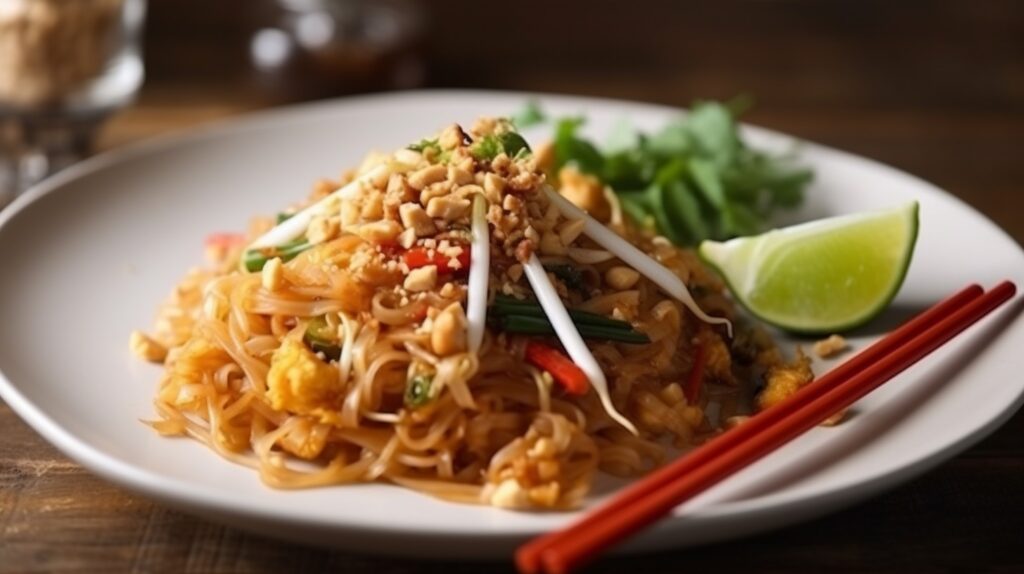
5. Making Pad Thai at Home
Creating Phad Thai in your own kitchen allows you to customize the dish to your liking and enjoy the process of cooking. Here’s a simplified version of the recipe for you to try:
5.1 Homemade Pad Thai Recipe
- Soak rice noodles in warm water until they become pliable. Drain and set aside.
- In a wok or large skillet, heat oil over medium-high heat.
- Add minced garlic and stir-fry for a few seconds until fragrant.
- Add your choice of protein (shrimp, chicken, or tofu) and cook until cooked through.
- Push the protein to one side of the wok and crack an egg into the empty space. Scramble the egg until it is partially cooked, then mix it with the protein.
- Add the soaked rice noodles to the wok and stir-fry for a couple of minutes.
- Pour the tamarind sauce over the noodles and toss to coat evenly.
- Add bean sprouts, green onions, and any other vegetables of your choice. Continue stir-frying until the vegetables are crisp-tender.
- Taste and adjust the flavors by adding more fish sauce, lime juice, or palm sugar as desired.
- Serve the Pad Thai hot, garnished with crushed peanuts, fresh cilantro, and lime wedges.
5.2 Tips for Success
- Ensure that the wok or skillet is hot before adding the ingredients to achieve the desired stir-fry effect.
- Have all the ingredients prepped and ready before starting the cooking process.
- Adjust the level of spiciness by adding Thai chili peppers or chili flakes according to your preference.
- Feel free to experiment with additional ingredients like dried shrimp, tofu puffs, or preserved radish to enhance the flavors and textures.
Conclusion
Phad Thai has captured the hearts and palates of food enthusiasts worldwide with its enticing combination of flavors, vibrant colors, and cultural significance. This iconic Thai dish showcases the artistry and balance of Thai cuisine, while also offering a delightful and satisfying culinary experience. Whether enjoyed in the bustling streets of Thailand or recreated in your own kitchen, Pad Thai is sure to transport you to the vibrant flavors of this beloved dish.
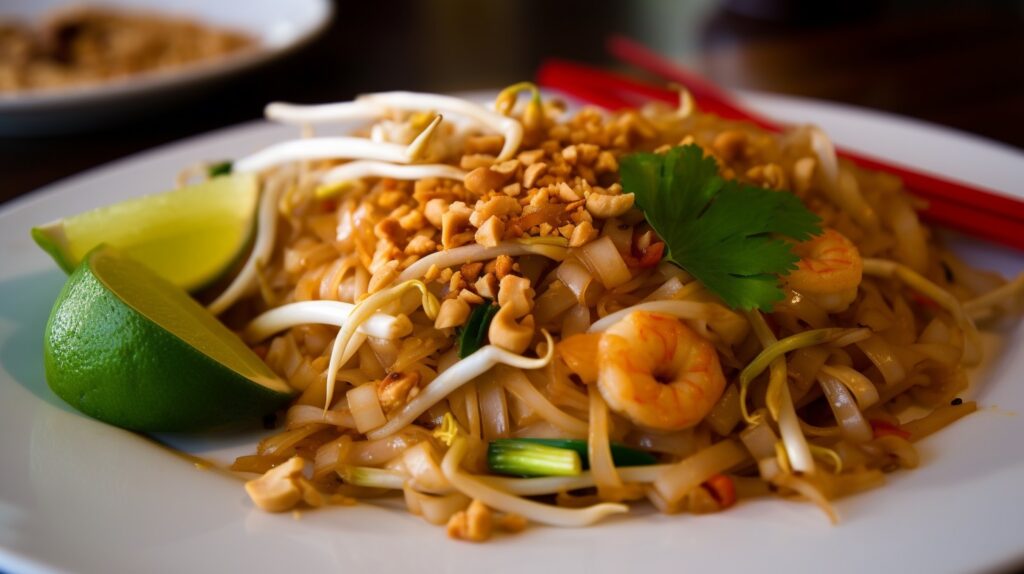
FAQs
- Is Pad Thai a spicy dish? Pad Thai can be customized to suit individual preferences. While it typically has a mild level of spiciness, you can adjust the heat by adding more chili peppers or chili flakes if desired.
- Can Pad Thai be made vegetarian or vegan? Yes, Pad Thai can be made vegetarian or vegan by omitting the meat and using tofu as a protein alternative. Simply use a vegetarian-friendly version of fish sauce or soy sauce to achieve the desired flavors.
- Can Pad Thai be made gluten-free? Yes, Pad Thai can be made gluten-free by using gluten-free rice noodles and ensuring that the sauces and condiments used are also gluten-free. Check the labels of the ingredients to confirm their gluten-free status.
- What are some common variations of Phad Thai? While the traditional Phad Thai recipe is widely popular, variations can be found across Thailand and beyond. Some common variations include adding additional vegetables, using different proteins like beef or squid, or incorporating unique ingredients such as banana flowers or pickled radish.
- Is Phad Thai a complete meal? Phad Thai is a satisfying and flavorful dish on its own, but it can also be complemented with additional side dishes or appetizers such as Thai spring rolls or Tom Yum soup for a more substantial meal.
